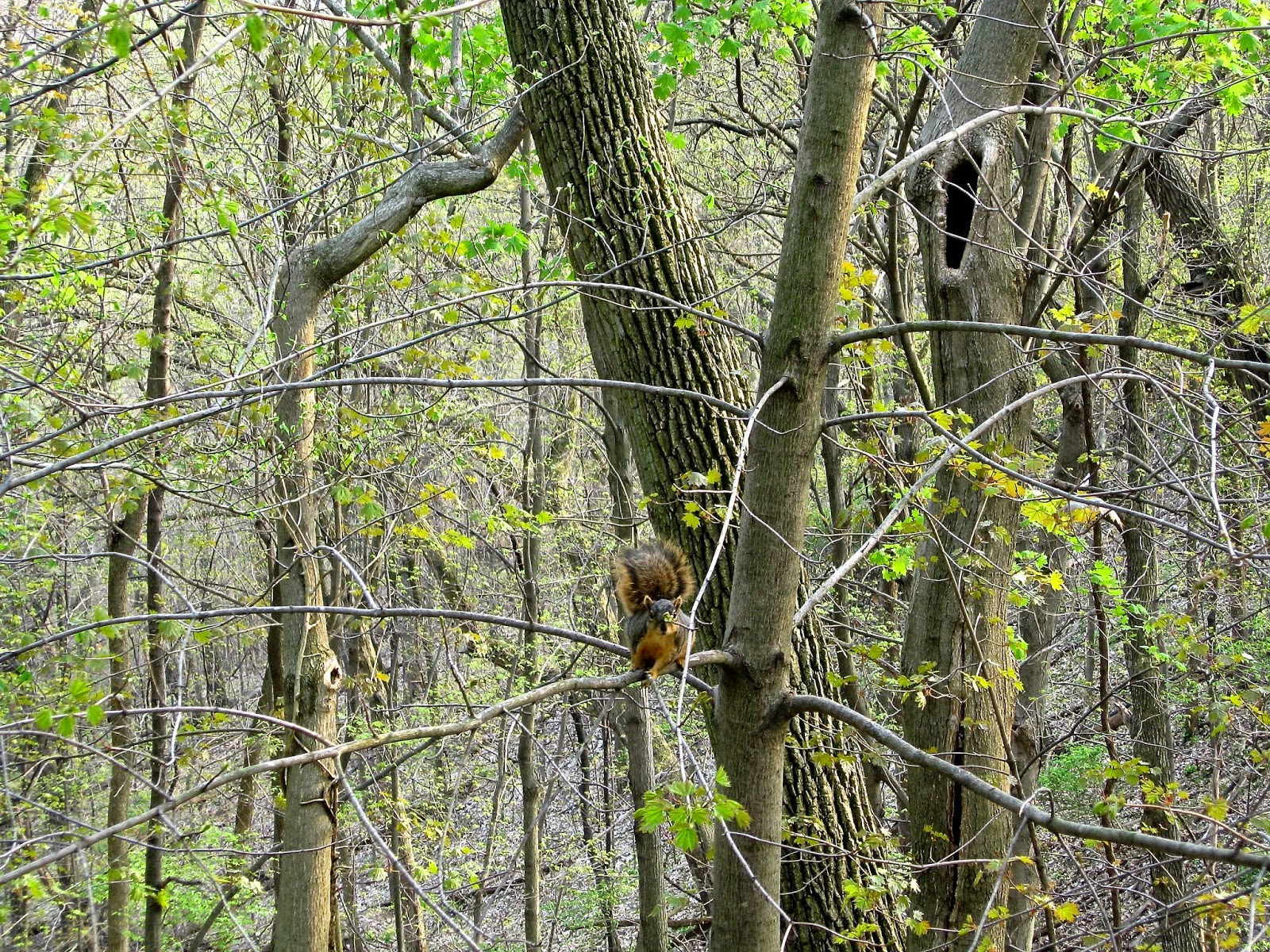Life is a hunger for Truth, Beauty, and Life. You
know, the Big Ticket items.
We think about this a lot, well,
not so much really, mostly after a really long day and we are wondering
why we work so hard. Or when we’ve had a little too much to drink and our guard
is down.
We really want to know
because we’re scared that we took a wrong turn and this is as close to
understanding LIFE as we're going to get. There are no big answers, of course, to
go with the big questions, only little ones that we fold up and slip into our pockets and
pull out now and then to give us a measure of comfort. But we still stare at the beer nuts
on the bar trying to decipher their arrangement like tea leaves for divine
wisdom.
It may be an unspoken quest
of everyone to find these places, these moments, to touch something eternal that
will last forever, and then to linger in them for as long as we possibly can.
When I went with my
grandfather into nature, we’d row his boat from the Mill Pond through the
channel and out to a quiet place on Rock Lake in Wisconsin, put our fishing
poles in the water, and sit. Often enough we didn’t catch many fish. We also did
not talk much. I think he was teaching me how to listen to nature.
In autumn we’d walk at dawn
across the fields and hills, listening to the dry corn shocks rasp against each
other in the breeze, and solitary crows call to no one in particular. We’d
smell the scent of fall apples in the air, and feel the cold bite of winter approaching.









































